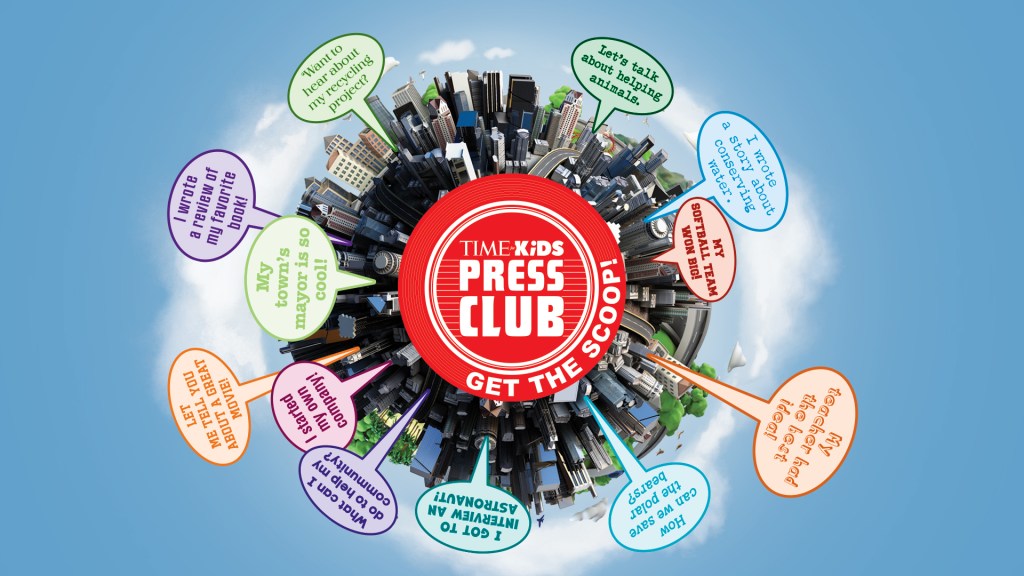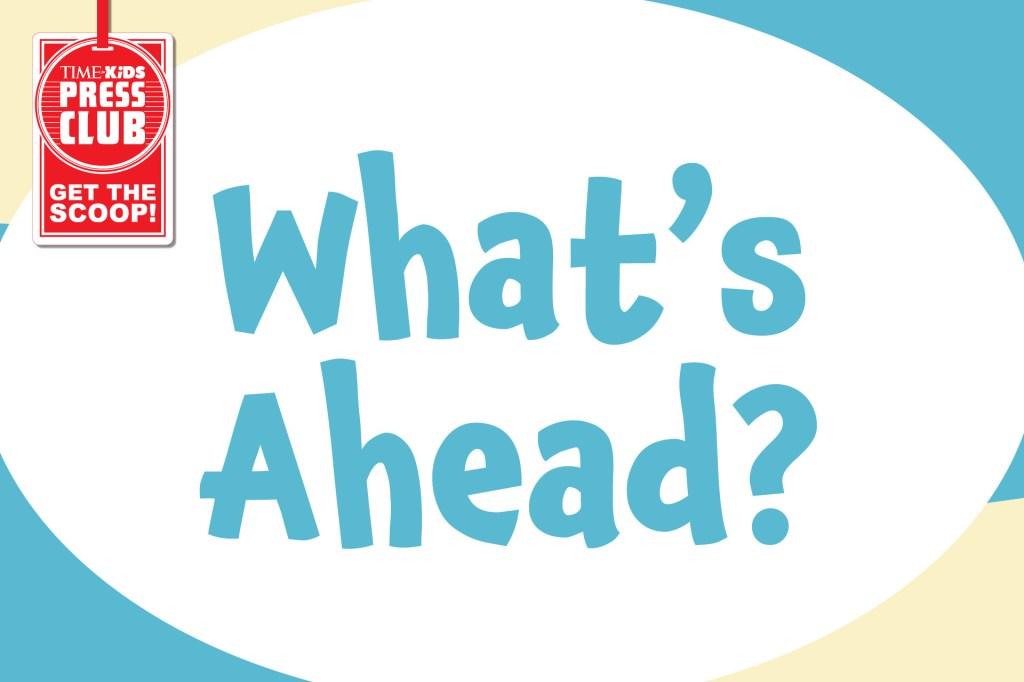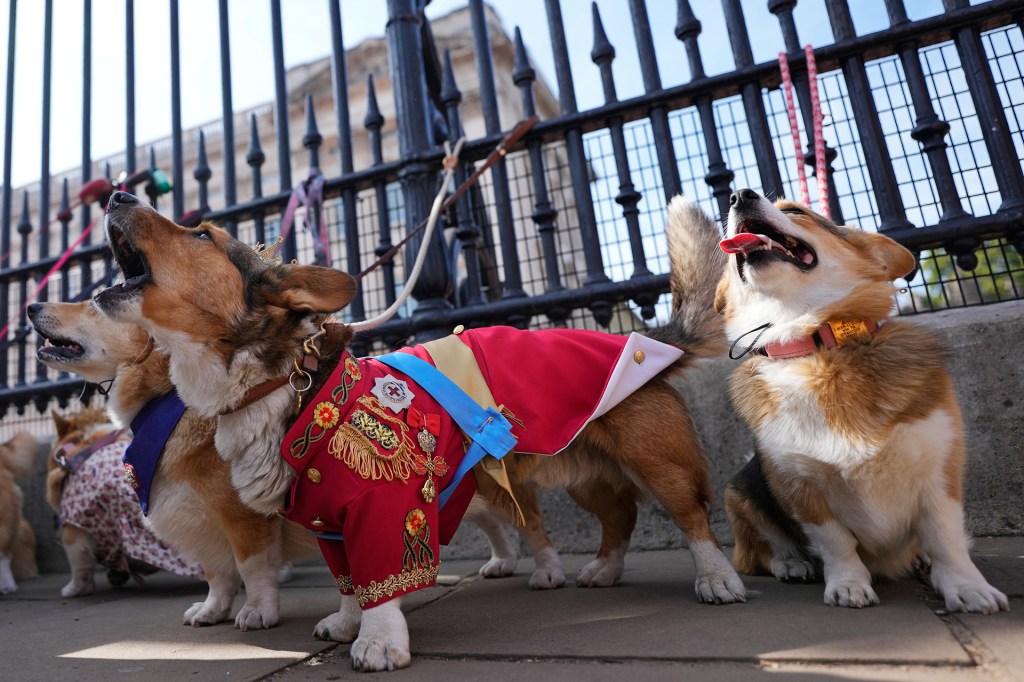Remembering the March
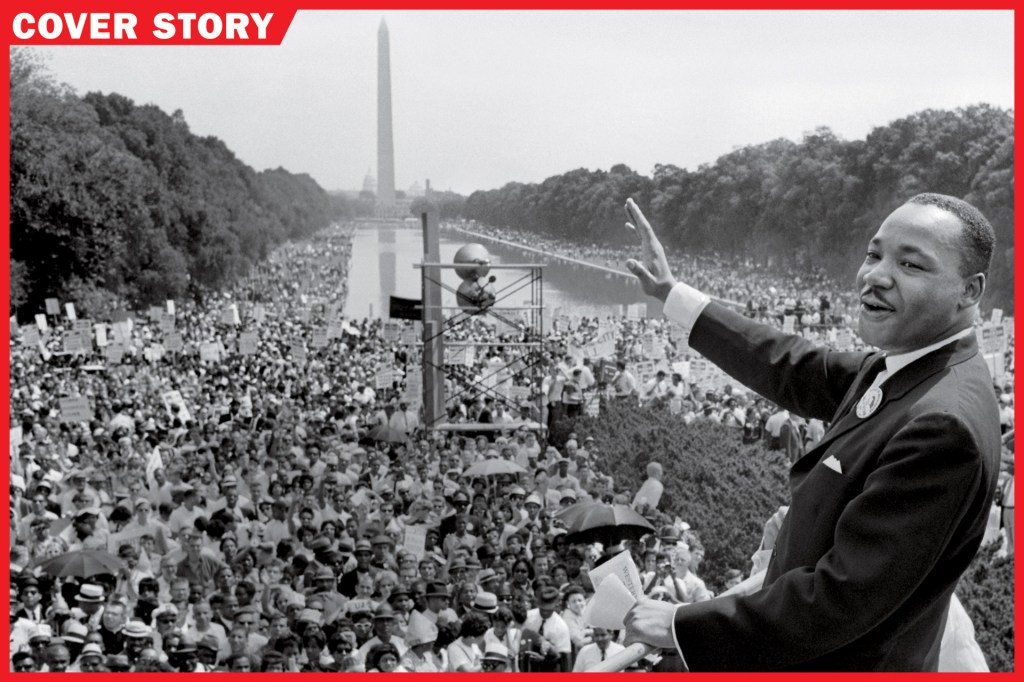
On August 28, 1963, people from all over the country poured into Washington, D.C. Many held signs: “We March for Integrated
integrated
 SDI PRODUCTIONS/GETTY IMAGES
including all types of people
(adjective)
The teams were integrated so that everyone could play.
Schools Now!” and “We Demand Jobs for All Now!”
SDI PRODUCTIONS/GETTY IMAGES
including all types of people
(adjective)
The teams were integrated so that everyone could play.
Schools Now!” and “We Demand Jobs for All Now!”
The March on Washington for Jobs and Freedom drew about 250,000 people. They were calling on the United States government to pass laws regarding equal labor, housing, and voting rights protection for all Americans. At the Lincoln Memorial, they heard Martin Luther King Jr. give one of the most important speeches in our nation’s history.
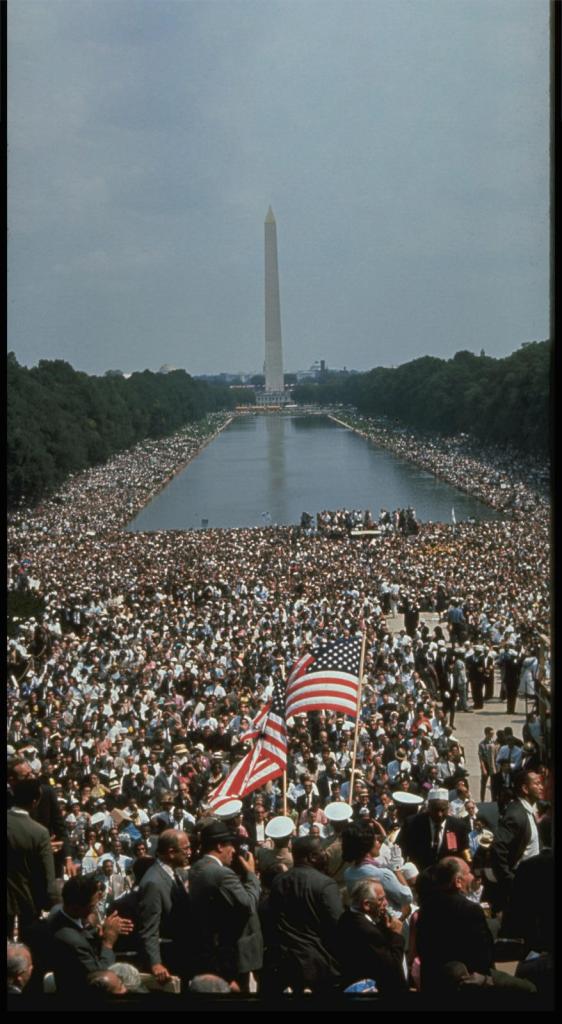
ON THE HORIZON The 1963 March on Washington was one of the largest civil rights gatherings in U.S. history.
PAUL SCHUTZER—THE LIFE PICTURE COLLECTION/GETTY IMAGESThe Life of a Leader
King was born in Atlanta, Georgia, in 1929. He studied to become a minister and moved to Montgomery, Alabama, in the 1950s. At the time, segregation was still a fact of life in many parts of the country, especially in the South. King preached often about social justice.
In 1955, an African-American teenager named Claudette Colvin was arrested in Montgomery, Alabama. She had refused to give up her seat on a bus to a white person. Rosa Parks was arrested soon after for a similar act of protest. This led to a yearlong boycott
boycott
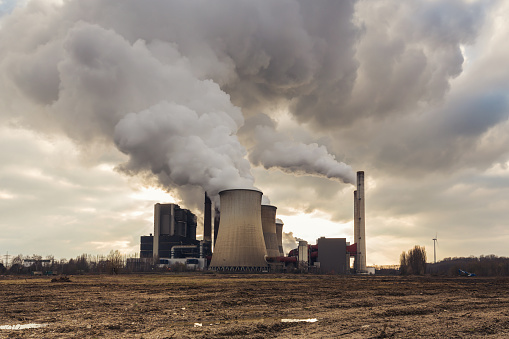 CLASSEN RAFEL—EYEEM/GETTY IMAGES
an action in which a group of people refuses to buy, use, or participate, as a way of protesting
(noun)
She organized a boycott against the company because it pollutes the environment.
of public buses in Montgomery. It also led to a U.S. Supreme Court decision that banned segregated seating on buses.
CLASSEN RAFEL—EYEEM/GETTY IMAGES
an action in which a group of people refuses to buy, use, or participate, as a way of protesting
(noun)
She organized a boycott against the company because it pollutes the environment.
of public buses in Montgomery. It also led to a U.S. Supreme Court decision that banned segregated seating on buses.
In April 1963, King was arrested at a protest and jailed in Birmingham, Alabama. But it only motivated him. Just a few months later, he joined other civil rights leaders for the March on Washington. It was organized by Bayard Rustin and A. Philip Randolph. Many leaders spoke before King, whose speech lasted 18 minutes.
“I have a dream that one day this nation will rise up, live out the true meaning of its creed
creed
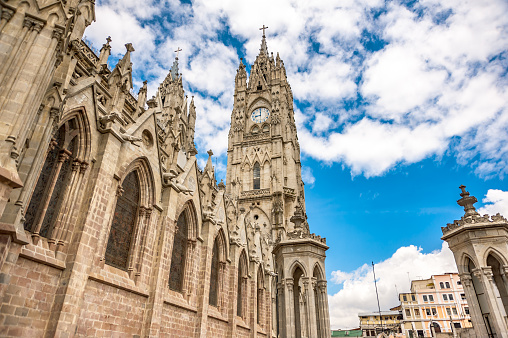 EDUARDO FONSECA ARRAES—GETTY IMAGES
a set of beliefs that guide the actions of a person or a group of people
(noun)
All Catholics follow a similar creed.
: ‘We hold these truths to be self-evident
self-evident
EDUARDO FONSECA ARRAES—GETTY IMAGES
a set of beliefs that guide the actions of a person or a group of people
(noun)
All Catholics follow a similar creed.
: ‘We hold these truths to be self-evident
self-evident
 ALDOMURILLO—GETTY IMAGES
obvious; needing no explanation
(adjective)
The way a seesaw works is self-evident once you sit on it.
, that all men are created equal,’” King famously said toward the end. “I have a dream that my four little children will one day live in a nation where they will not be judged by the color of their skin but by the content of their character
character
ALDOMURILLO—GETTY IMAGES
obvious; needing no explanation
(adjective)
The way a seesaw works is self-evident once you sit on it.
, that all men are created equal,’” King famously said toward the end. “I have a dream that my four little children will one day live in a nation where they will not be judged by the color of their skin but by the content of their character
character
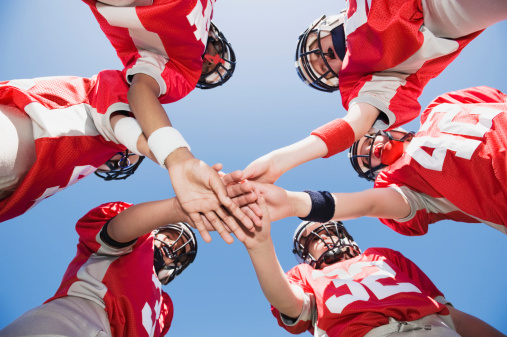 ERIK ISAKSON—GETTY IMAGES
the way someone thinks, feels, and behaves
(noun)
Many people think that playing team sports helps build good character.
.”
ERIK ISAKSON—GETTY IMAGES
the way someone thinks, feels, and behaves
(noun)
Many people think that playing team sports helps build good character.
.”
“He was preaching from his heart,” says John Lewis. Lewis, who was a speaker at the March and a civil rights activist, later became a U.S. congressman in Georgia.
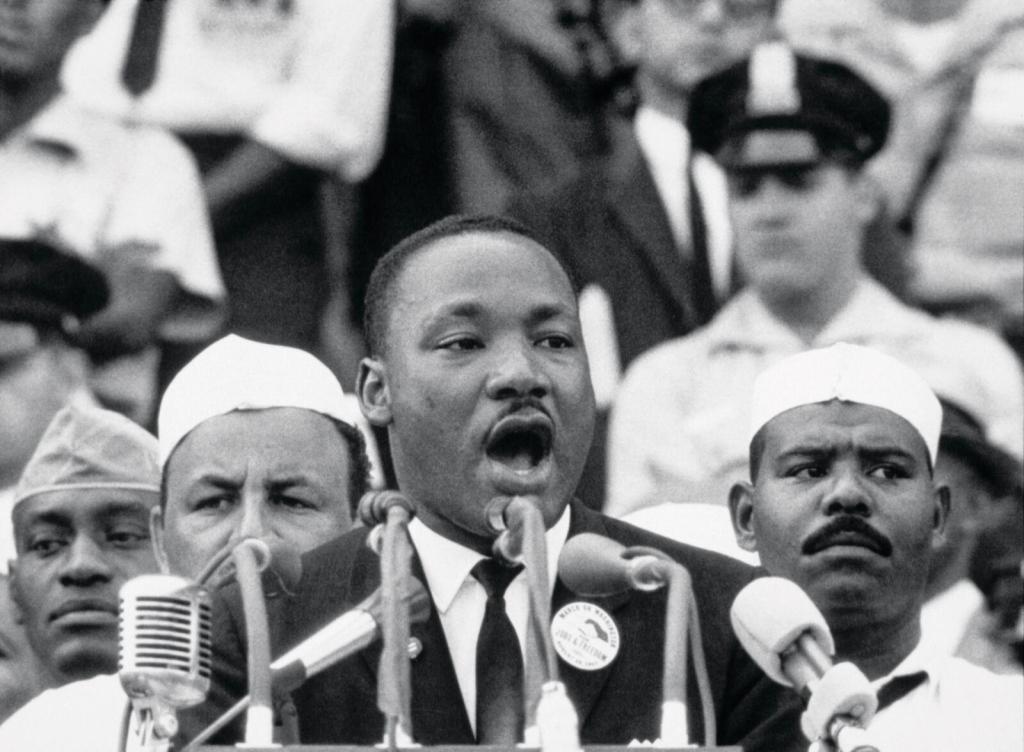
VOICE OF FREEDOM Martin Luther King Jr. gives the “I Have a Dream” speech at the March on Washington.
BETTMANN/GETTY IMAGESThe Dream Lives On
The March on Washington showed Americans the power of peaceful protest. Many more protests followed. In 1964, President Lyndon B. Johnson signed the Civil Rights Act, banning discrimination
discrimination
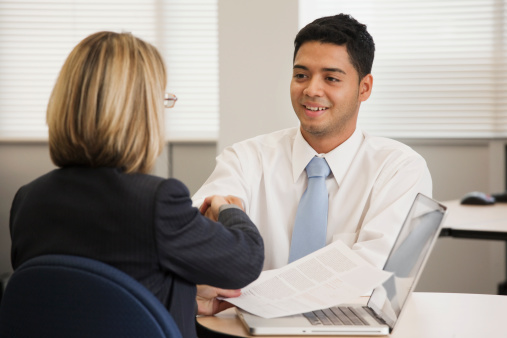 ARIEL SKELLEY—GETTY IMAGES
unfairly treating one group of people differently from another group
(noun)
When a company hires new employees, discrimination is illegal
.
ARIEL SKELLEY—GETTY IMAGES
unfairly treating one group of people differently from another group
(noun)
When a company hires new employees, discrimination is illegal
.
Maxine Allen Johnson Wood had just graduated from college when she took part in the March on Washington. She says King’s dream is as important today as it was then. “The image that he gave was [of] a future. And it wasn’t beyond our reality to think that [it] could happen.”
King’s words continue to inspire people around the world. “Of all the gifts [he gave us], the greatest has been the belief in society’s ability to change and the power each of us has to effect that change,” Lewis says.

Left to right: Joan Baez, Rachel Robinson, Nan Orrock, John Lewis
JEFF HUTCHENS—GETTY IMAGES; GREGORY SMITH—AP PHOTO; THOS ROBINSON—GETTY IMAGES; RICH FURY—GETTY IMAGES“I Was There”
What was it like to attend the March on Washington? TIME magazine spoke with people who were there. They remember how King led the crowd in raising a voice for equality.
Joan Baez, Singer
“I’d never seen anything like it. I remember the electricity in the air.”
Rachel Robinson, The Jackie Robinson Foundation
“We were looking for leadership, and he was offering it.”
Nan Orrock, State Senator
“I resolved at that moment . . . I was going to be a part of changing the country.”
John Lewis, Congressman
“There was so much hope, so much optimism after the March on Washington.”






